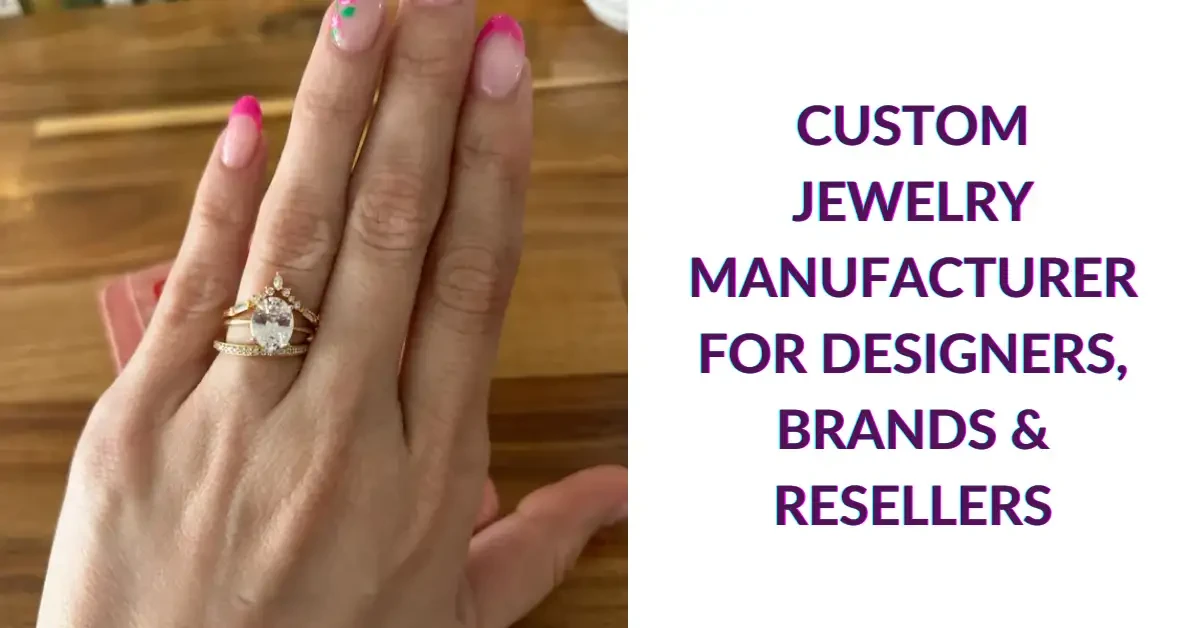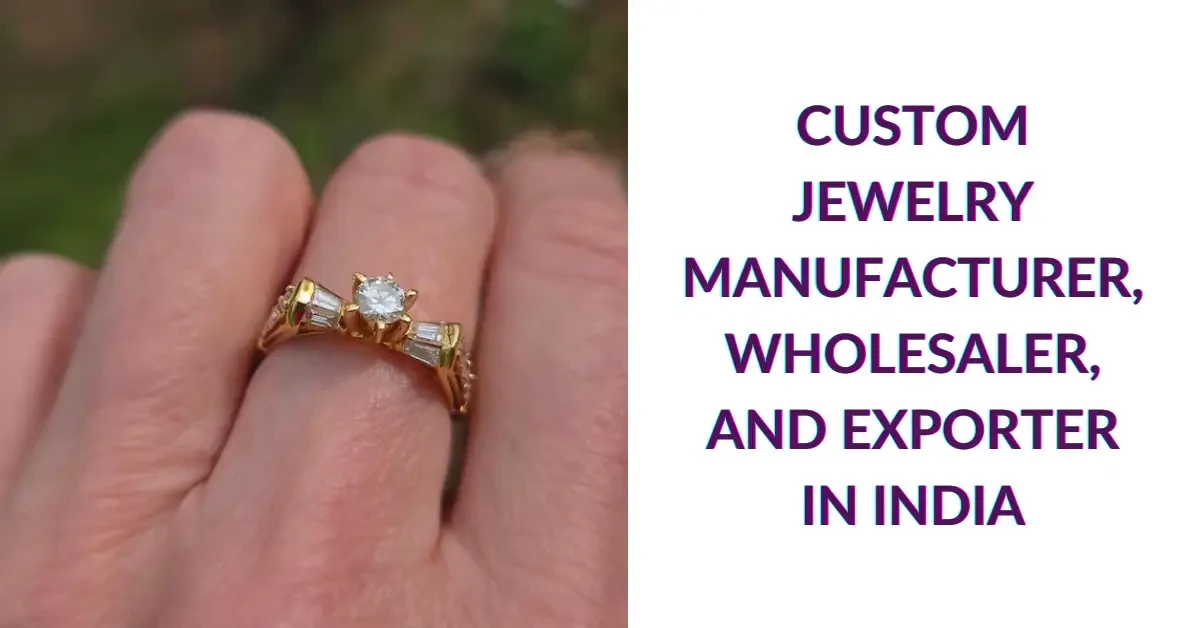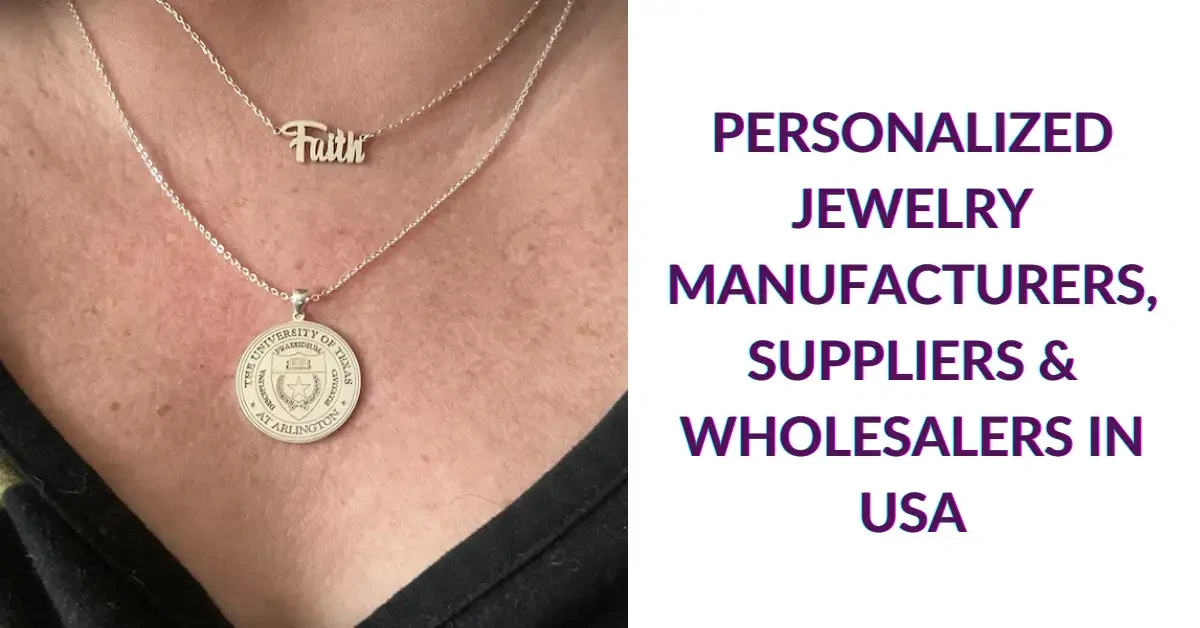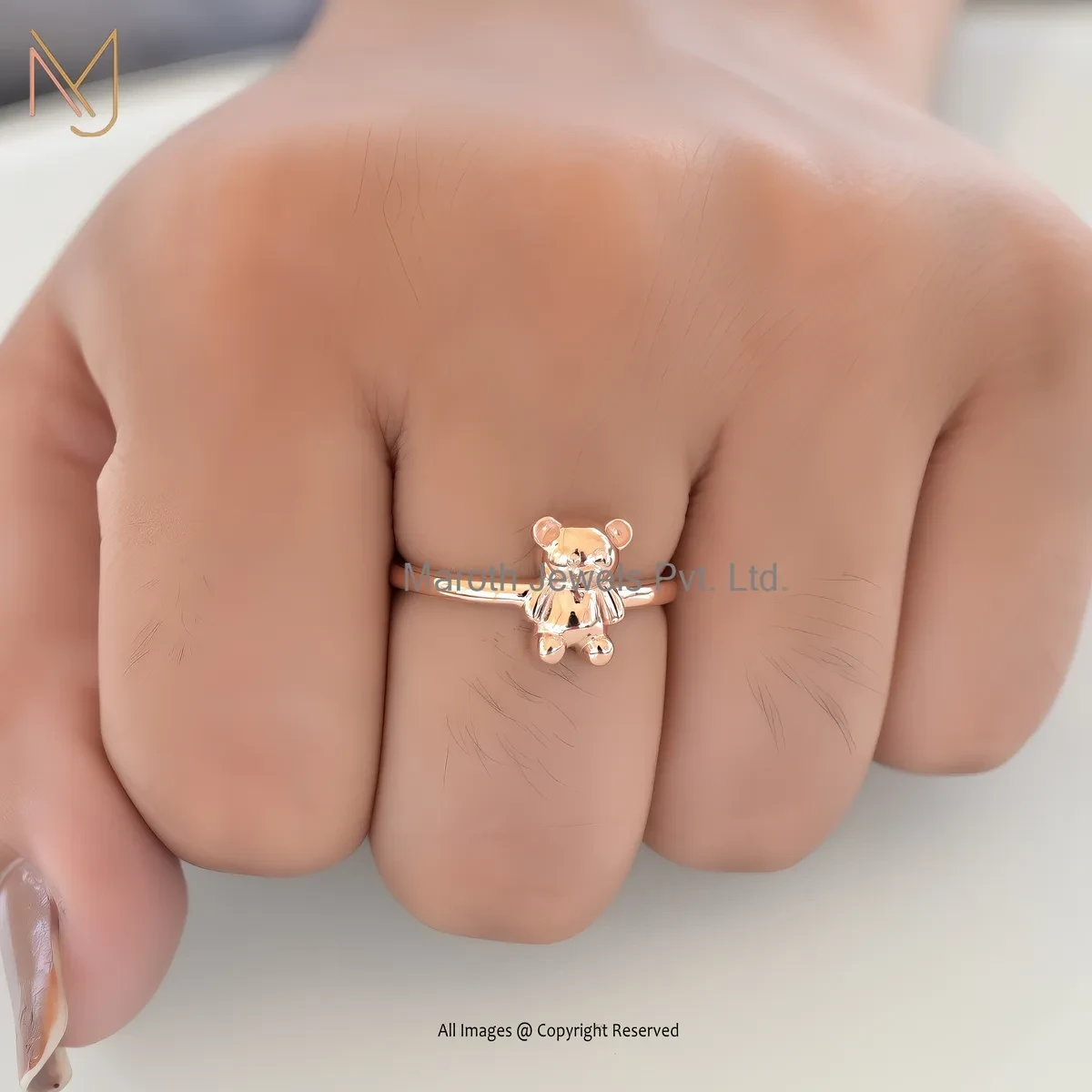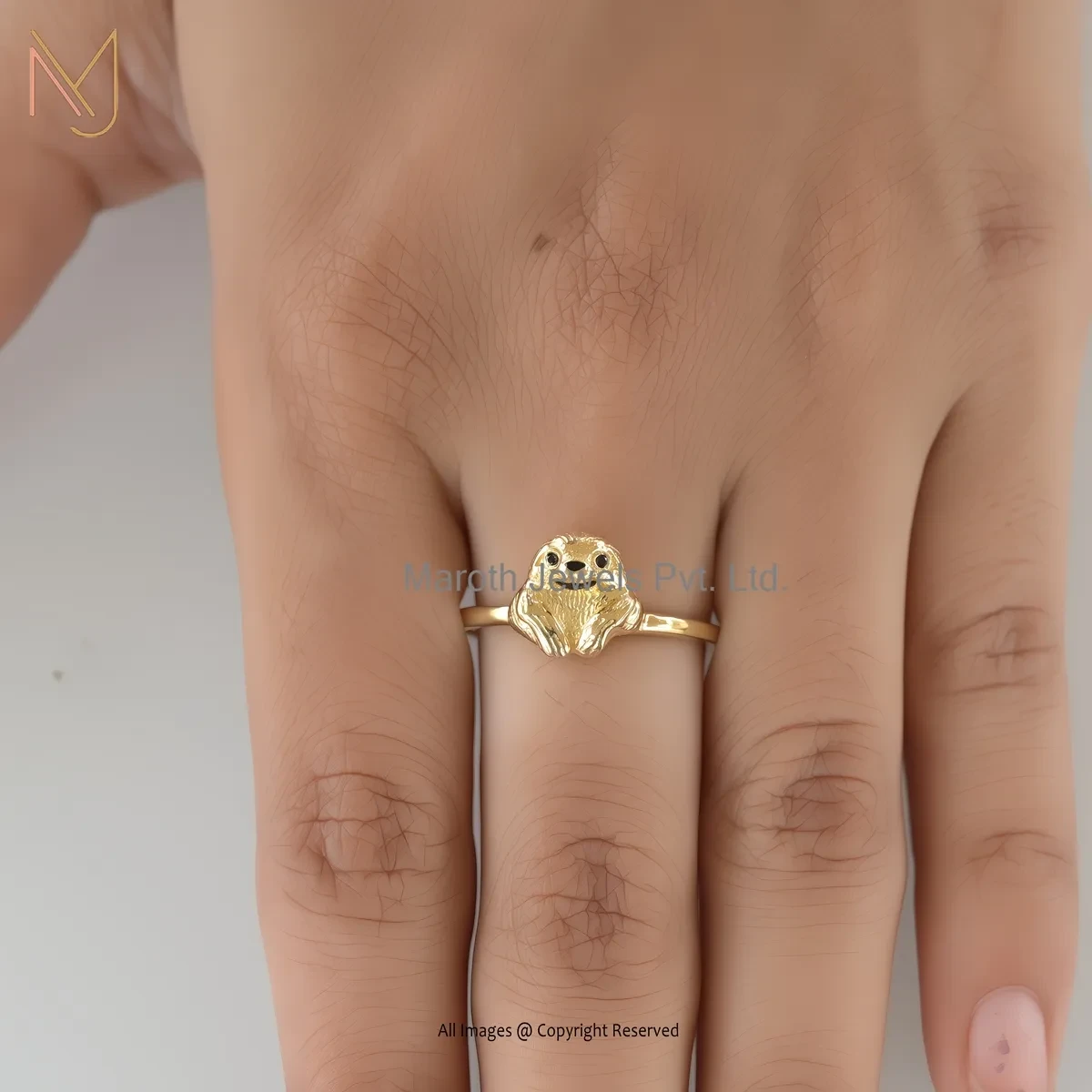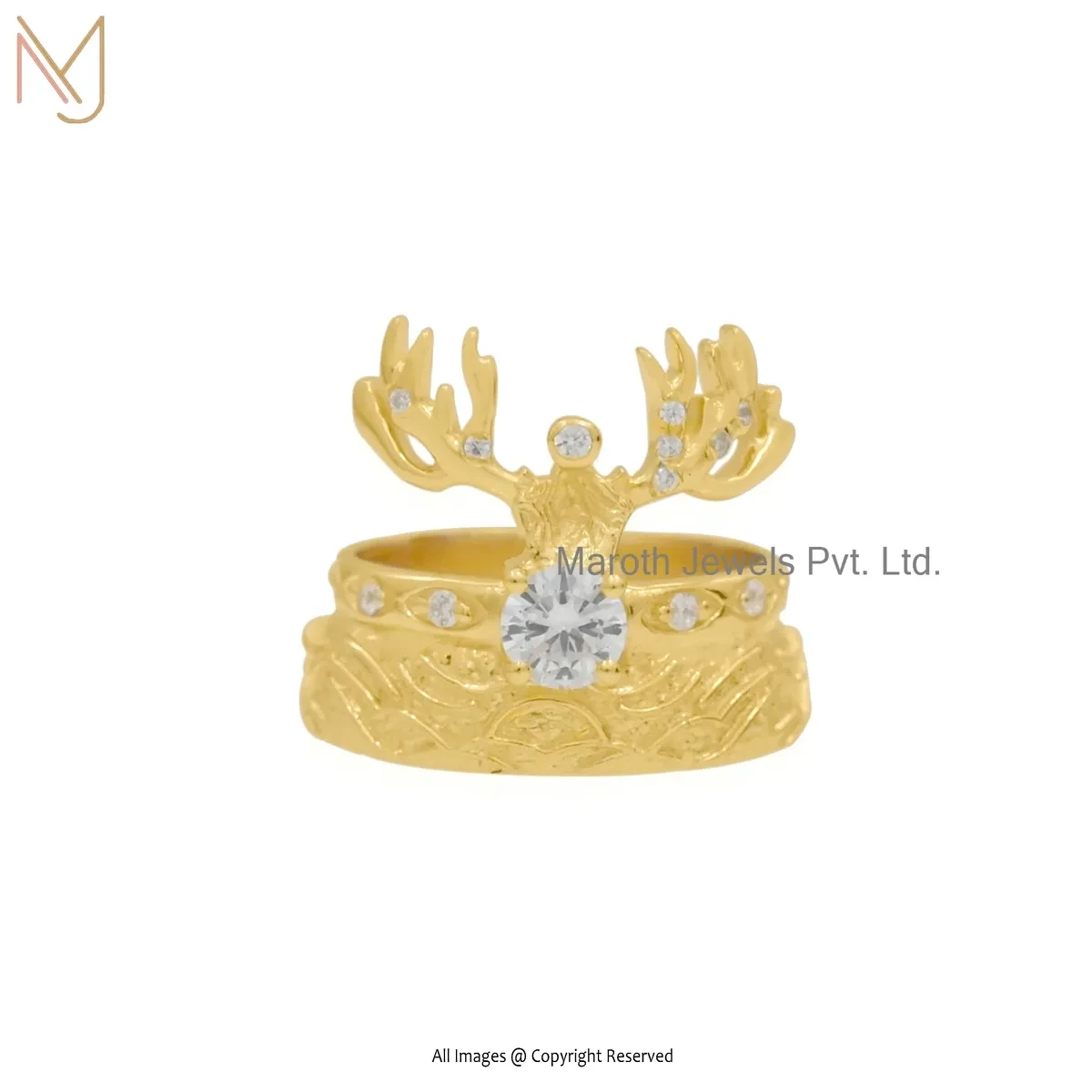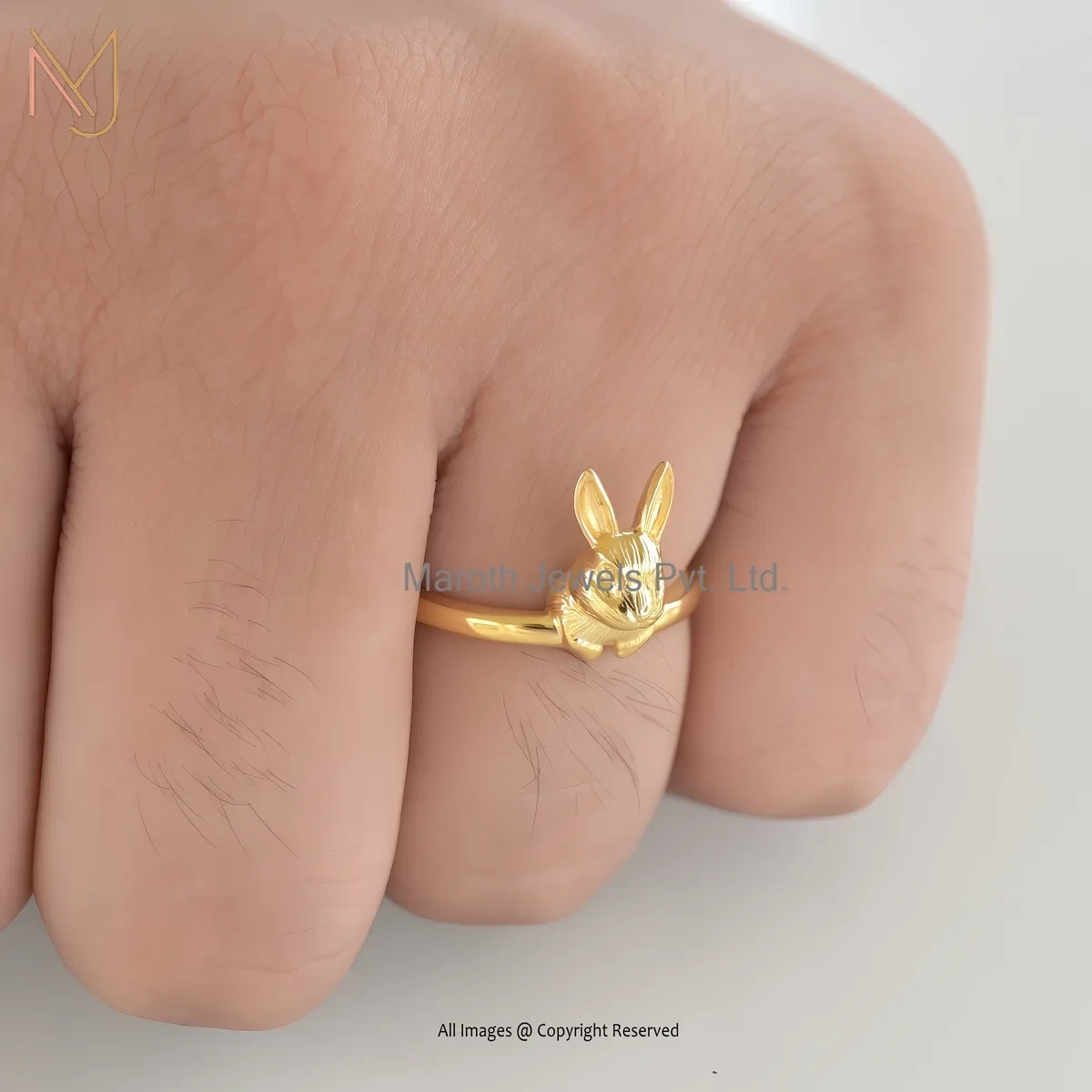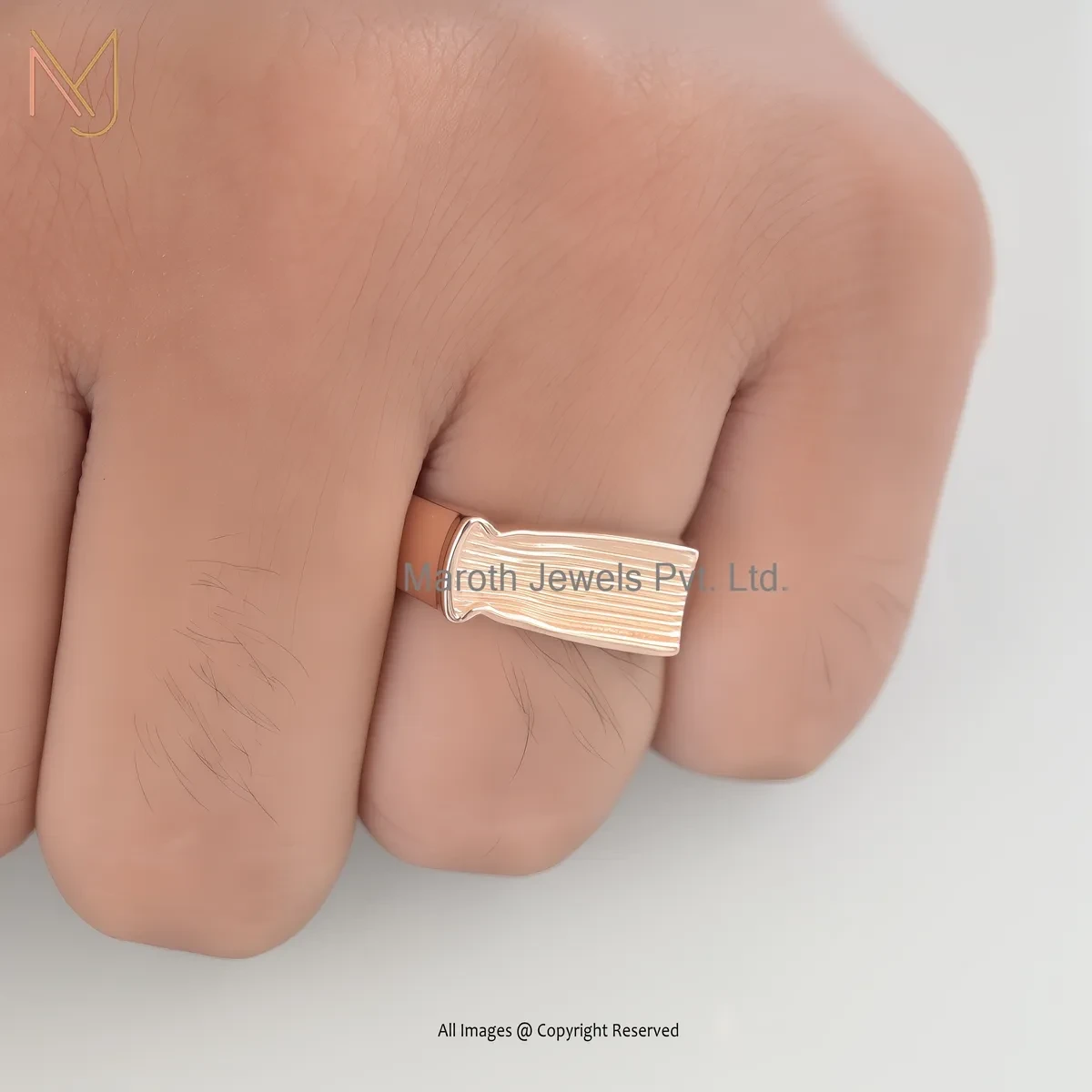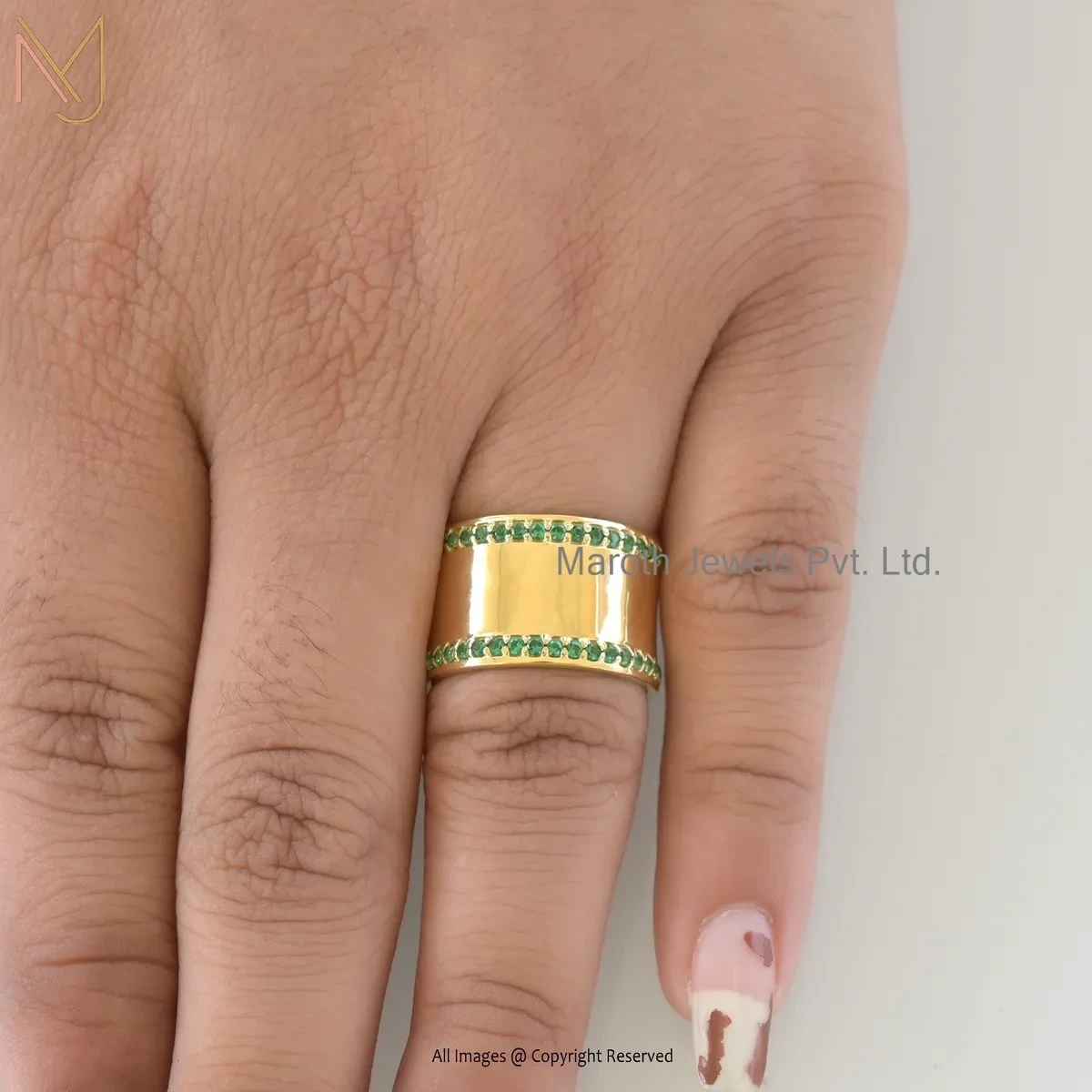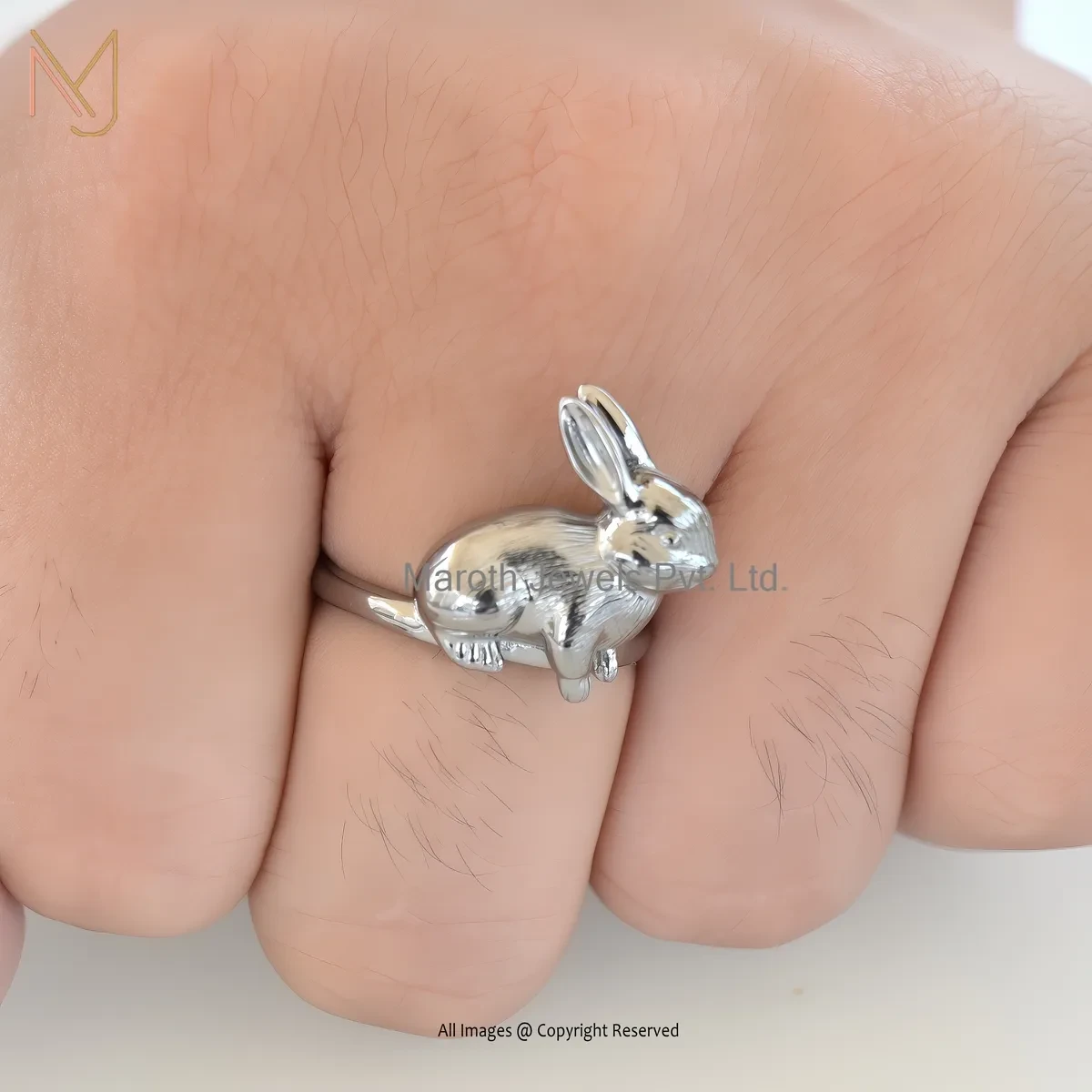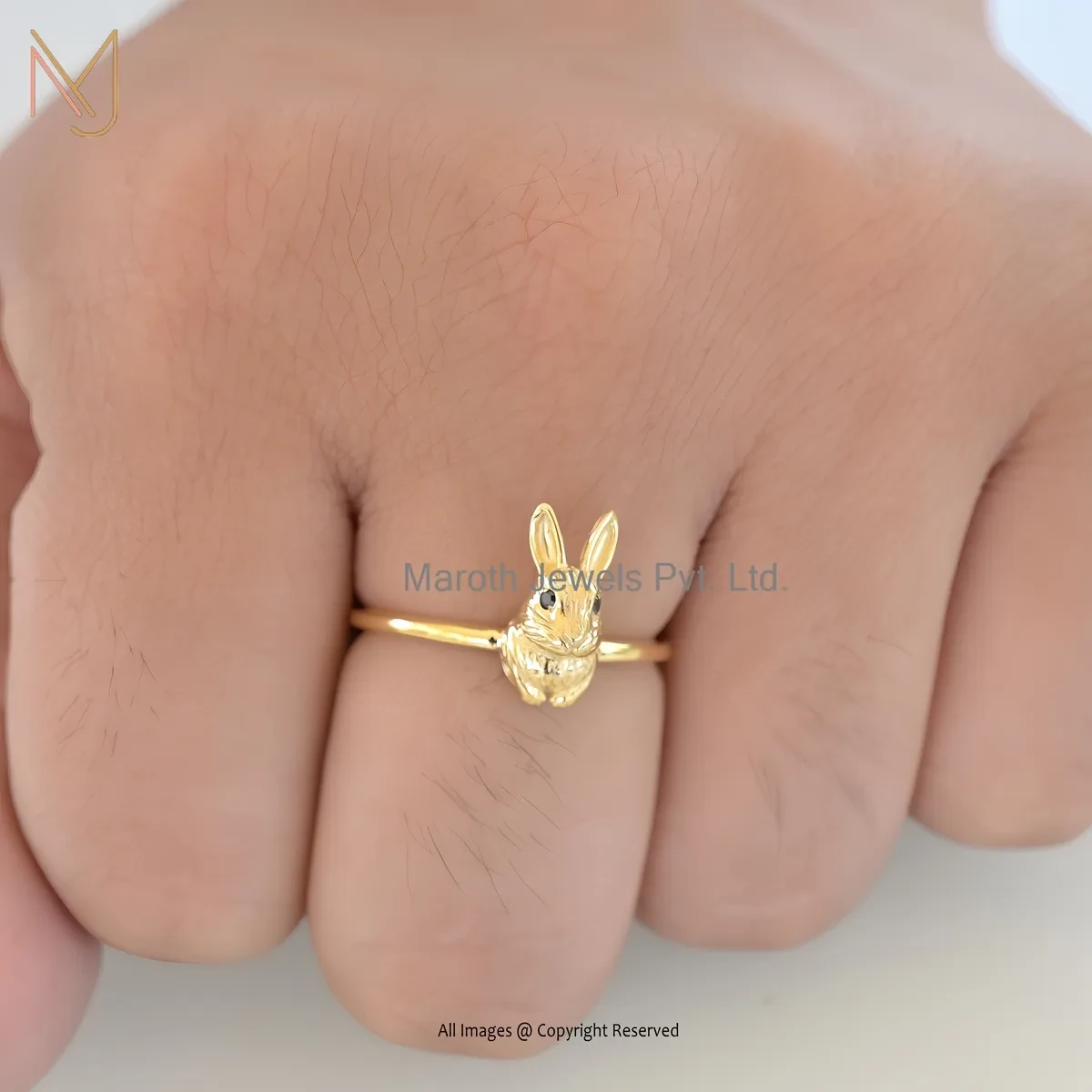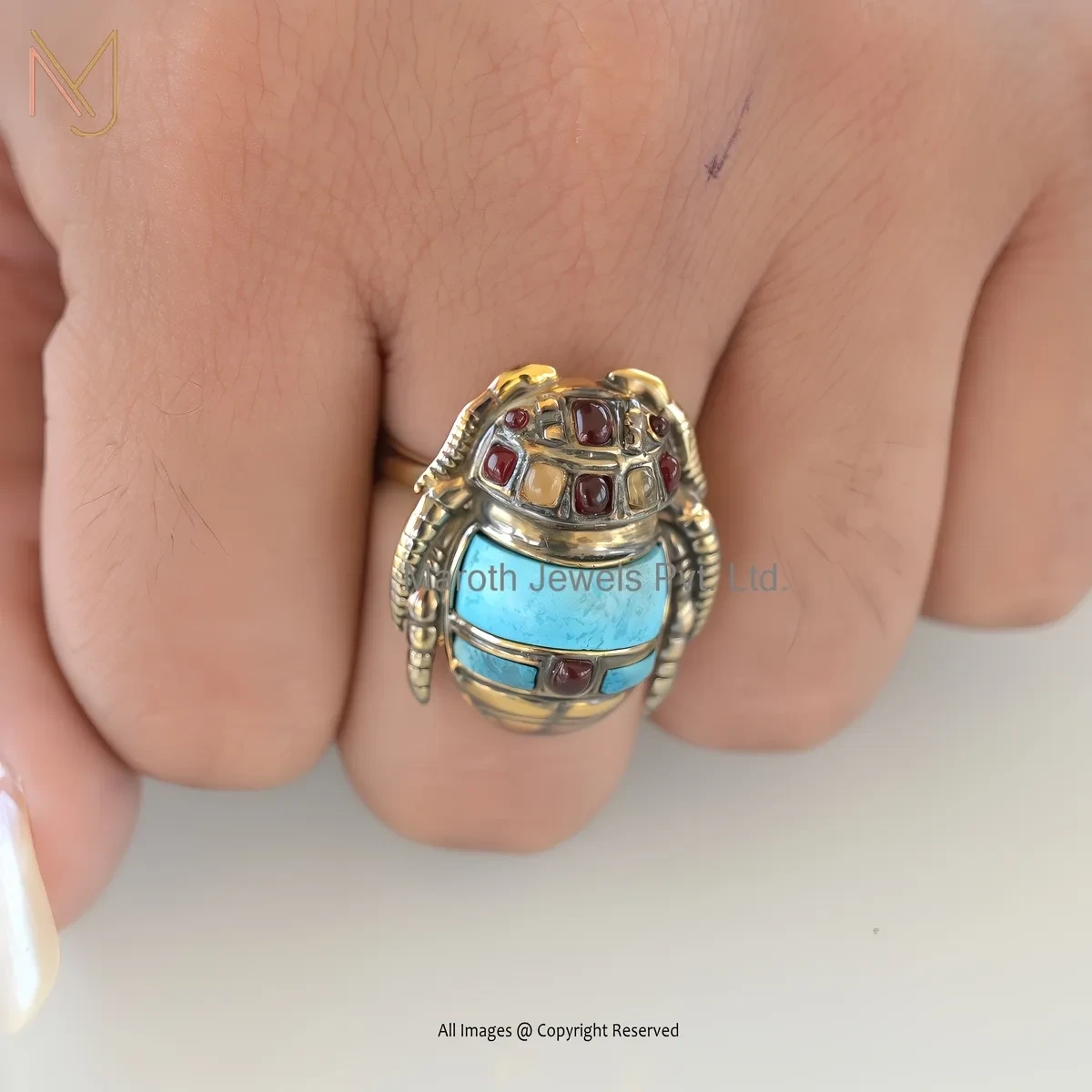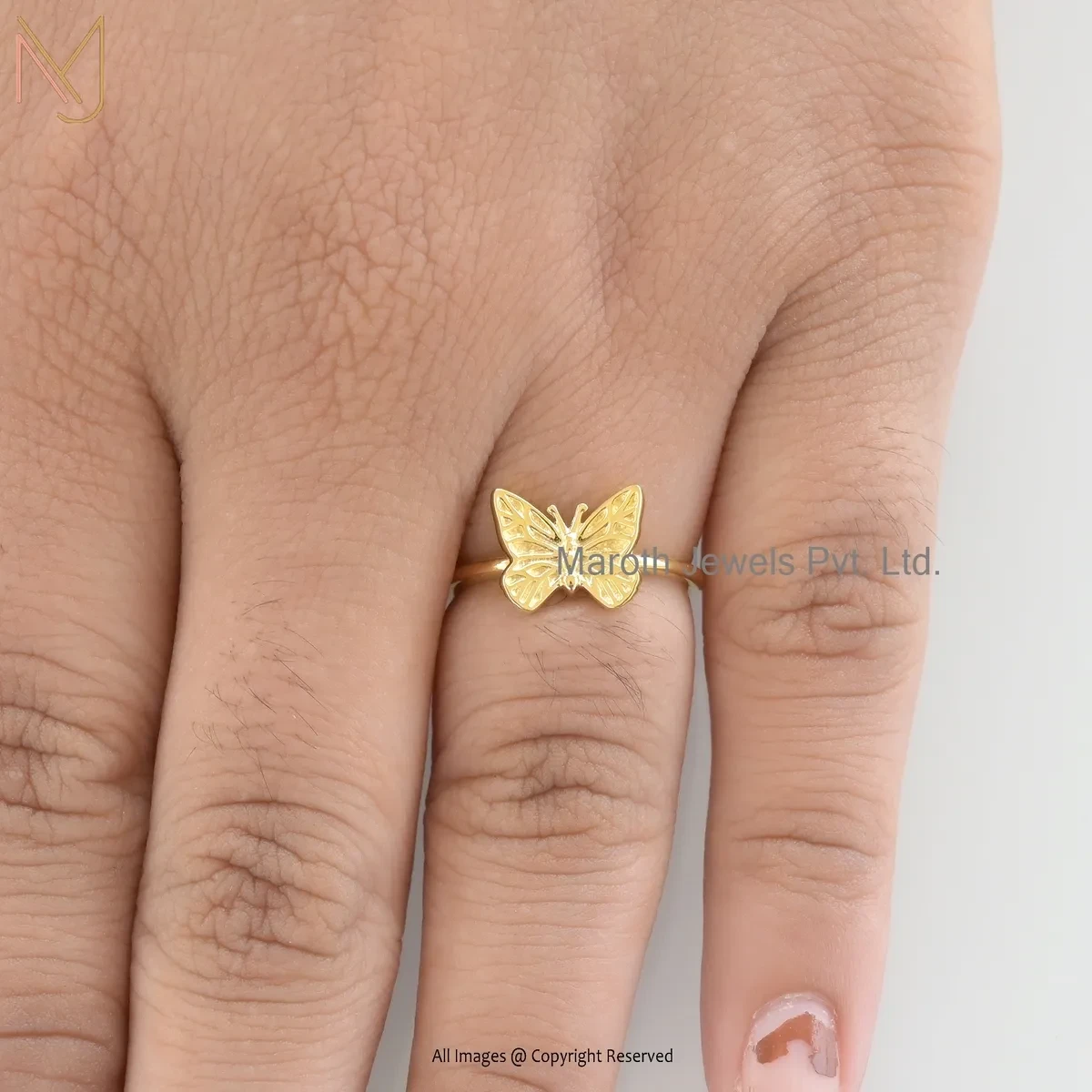The Average Cost of an Engagement Ring

The Average Cost of an Engagement Ring
How to buy an engagement ring is a matter of personal choice. Some marketers may try to convince you to spend more than you had originally intended. The suggestion of two to three months salary is nothing but a marketing ploy propagated by the diamond industry.
Instead, you should think about how to get a ring in your budget.
If you’re preparing for your proposal, it’s a very exciting time, and you want a beautiful ring to make it all happen (our tips on how to choose one are here). True, an engagement ring is the most special gift you will ever buy. It's a symbol of your love and that you're choosing to live life with someone else.
What About an Engagement Ring? Should You Spend this Much?
The answer is as much practical as it is romantic: Only spend what you can afford without long term debt. You may have heard something like ‘spend at least two or three months’ salary,’ but that’s more marketing than real advice. ‘It doesn't account for stagnation of wages, rising prices, and new trends in how students are taking on debt.’
VISIT FOR :: necklace manufacturer
No one knows for certain what the average cost of an engagement ring is, but surveys of buyers often find an average spending range of between $4,000 and $8,000. Nevertheless, it is important to stress that spending $5,000 - or above that - isn't necessary.
However, this average is skewed by those that invest 10k or more on their rings to get a higher average. To invest in an engagement ring, you need to think about the below mentioned things first.
Your actual income, and an estimate of your future income.
Like your regular bills: rent, utilities, food, medical care
Your current credit card debt
Car, student and home loans are your longer term debt
(Rings prices vary dramatically around the country from place to place)
How much you have in savings
Large future expenses
If this is going to be a joint debt, you’re going to need your partner’s opinions
What are the 4C’s?
4Cs stand for the 4 basic characteristics that are associated with the quality of any diamond and are considered in the assessment and characterization of a particular diamond. These generally accepted standards were created by The Gemological Institute of America (GIA). The 4Cs consist of:
1. Diamond Carat Weight
Often a diamond is referenced to their weight which is called the carat weight. One carat equals exactly £200 milligrams, one fifth of one carat. Along with round diamonds, the bigger the carat weight of a diamond, the larger the size and the more expensive.
This guide will point you in the direction of the right diamond for any size.
0.25–0.50 carat: Ideal for minimizing flaws. Make sure to concentrate on cut and color and choose Very Good or Ideal cuts for brilliance.
0.75 - 1 Carat: Still conceals faults. Choose SI1 or SI2 clarity and pick. Sparkling cuts are very good or ideal cuts.
1.25-1.5 carats: Again, cut and clarity are more paramount. For a perfect look, try for VS2 clarity or better.
2-4 Carat: For a wonderful show, look for eye clean diamonds with a minimum of VS 1 clarity.
5 And More Carat: Each detail counts. Any selection of a diamond with excellent cut, symmetry, and polish will assure you have diamonds for unparalleled elegance.
2. Diamond Cut:
The cut is the way in which a number of diamond facets interact with light. Be sure to understand that it measures the diamond's sparkle and brilliance with a grade that ranges from "Excellent" to "Poor."
Ideal/Excellent Cut diamonds: They are also precision cut to reflect light beautifully and are full of sparkle and beauty. Discover your drawing turned on in all aspects and bring into the spotlight the brilliance and clarity. For those looking for heights of diamond beauty.
Good/Deep Cut Diamonds: You’ll experience brilliant spark and depth. These are great for people wanting a quality diamond on a budget with their stunning shine, balanced symmetry and brilliant polish.
Poor Cut Diamonds: Not having sparkle or symmetry, these diamonds are dull, with uneven surfaces. Good for people who still need a little cheap diamond.
VISIT FOR :: how much is 14k gold bracelet worth
3. Diamond Color:
Colorless, a pure diamond has no imperfections or blemishes. Impurities such as nitrogen give the diamond undesired yellow or brown tones and this is color rated on a scale of letters from D to Z.
D-F Colorless Diamonds: On the other hand, these diamonds are the purest and at the same time most valuable, since they are almost colorless. Minimally colored, F grades may only be visible to experts.
G-J Near Colorless: The first glance at these diamonds they appear clear but may give lesser colored attracts from under.
K-M Faint Color Diamonds: The perfect choice for those fans looking for an injection of color on a budget. These jewels have a simple charm, many of which have delicate hues.
N-R Very Light Yellow Diamonds: Learn the charm of very light yellow diamonds offering soft beauty and fire at an inexpensive rate. Great for adding color without killing the wallet.
S-Z Light Yellow Diamonds: Find light yellow diamonds that are superb color and rich in value. Good for people who like color and brilliance.
4. Diamond Clarity:
The Gemological Institute of America (GIA) says clarity rates where a diamond has internal (inclusions) or external (blemishes) defects. The assessment evaluates diamonds which have no defects visible even to 10x magnification, to diamonds which have inclusions and/or imperfections that are visibly apparent to the naked eye.
Internally Flawless (IF): This looks nearly flawless, under magnification there are no discernible defects. Perfect for people who can’t compromise on the lab grown durability of their diamond.
Very Very Slightly Included (VVS1,VVS2): To the naked view these diamonds are flawless, they look perfect. The good quality of these fossils may show only little inclusions under magnification.
Very Slightly Included (VS1,VS2): Look for diamonds that have some minor inclusions, but we can only see them under close observation. For people searching for nearly perfect jewels at an excellent price.
Slightly Included (SI1,SI2,SI3): The naked eye can see little flaws and inclusions.
In the End
Understanding wants versus needs isn’t quite as black and white anymore as it used to be — traditional notions of what constitutes monthly wages are being replaced with more personalized budgeting strategies. More and more couples are now opting for more budget friendly options, especially ones with lab grown diamonds.
The biggest perk of lab grown diamonds is that you get the exact same impeccable quality as mined diamonds but at a much cheaper price point. With higher quality, ethical sourcing, and loads more variety, they are a guilt free choice for put together consumers.
READ MORE :: World’s Biggest Diamond Rings
Recent Posts
Custom Jewelry vs Fine Jewelry
Wholesale Custom Nameplate Jewelry Manufacturer
Custom Jewelry Manufacturers in Singapore
How Do I Buy Wholesale and Sell Jewelry?
Best Online Wholesale Jewelry Shopping App
Related products
14K Rose Gold Teddy Bear Jewelry Supplier
925 Silver Rose Gold Plated Teddy Bear Jewelry Supplier
14K Yellow Gold Cubic Zircon Sloth Ring Custom Jewelry
925 Silver Yellow Gold Plated Cubic Zircon Sloth Ring Custom Jewelry
14K Yellow Gold Cubic Zircon Deer Antler Ring Manufacturer
925 Silver Yellow Gold Plated Cubic Zircon Deer Antler Ring Manufacturer
14K Yellow Gold Rabbit Ring Jewelry Supplier
925 Silver Yellow Gold Plated Rabbit Ring Jewelry Supplier
14K Yellow Gold Men's Square Signet Band Ring Custom Jewelry
925 Silver Yellow Gold Plated Men's Square Signet Band Ring Custom Jewelry
Privtae Lable 14K Yellow Gold Emerald Cubic Zircon Cigar Band Ring
Privtae Lable 925 Silver Yellow Gold Plated Emerald Cubic Zircon Cigar Band Ring
14K White Gold Rabbit Ring Jewelry Supplier
925 Silver Black Rhodium Plated Rabbit Ring Jewelry Supplier
14K Yellow Gold Black Cubic Zircon Rabbit Ring Manufcaturer
Wholesale 14K Yellow Gold Turquoise And Sunstone Scarab Ring
Wholesale 925 Silver Yellow Gold Plated Turquoise And Sunstone Scarab Ring
14K Yellow Gold Butterfly Ring Custom Jewelry
925 Silver Yellow Gold Plated Butterfly Ring Custom Jewelry
Contact Us For Custom Jewelry
Please get in touch with us and share your ideas if you have personalized jewelry or are searching for a private label jewelry manufacturer. In accordance with your suggestions, we will make and present genuine jewelry.
Drop Us a Line
Scan QR Code
for immediate contact
